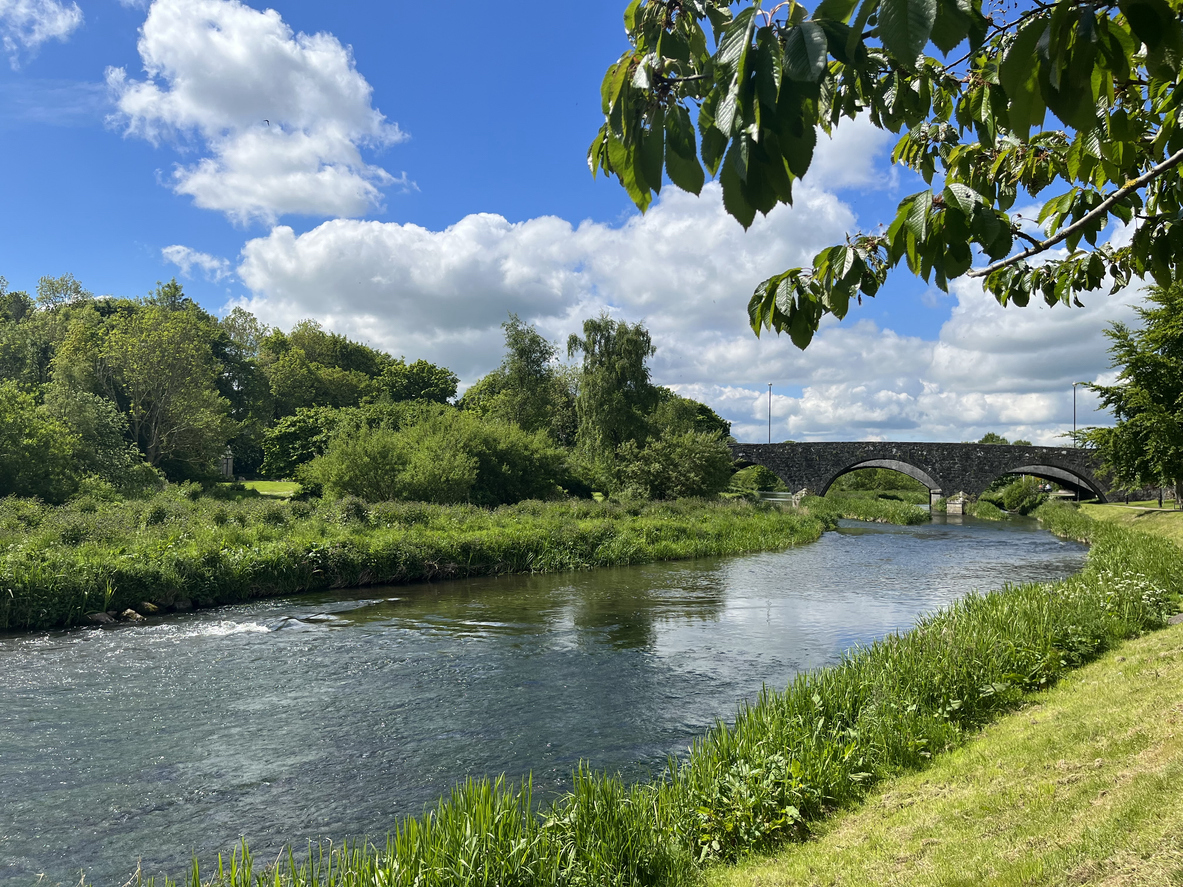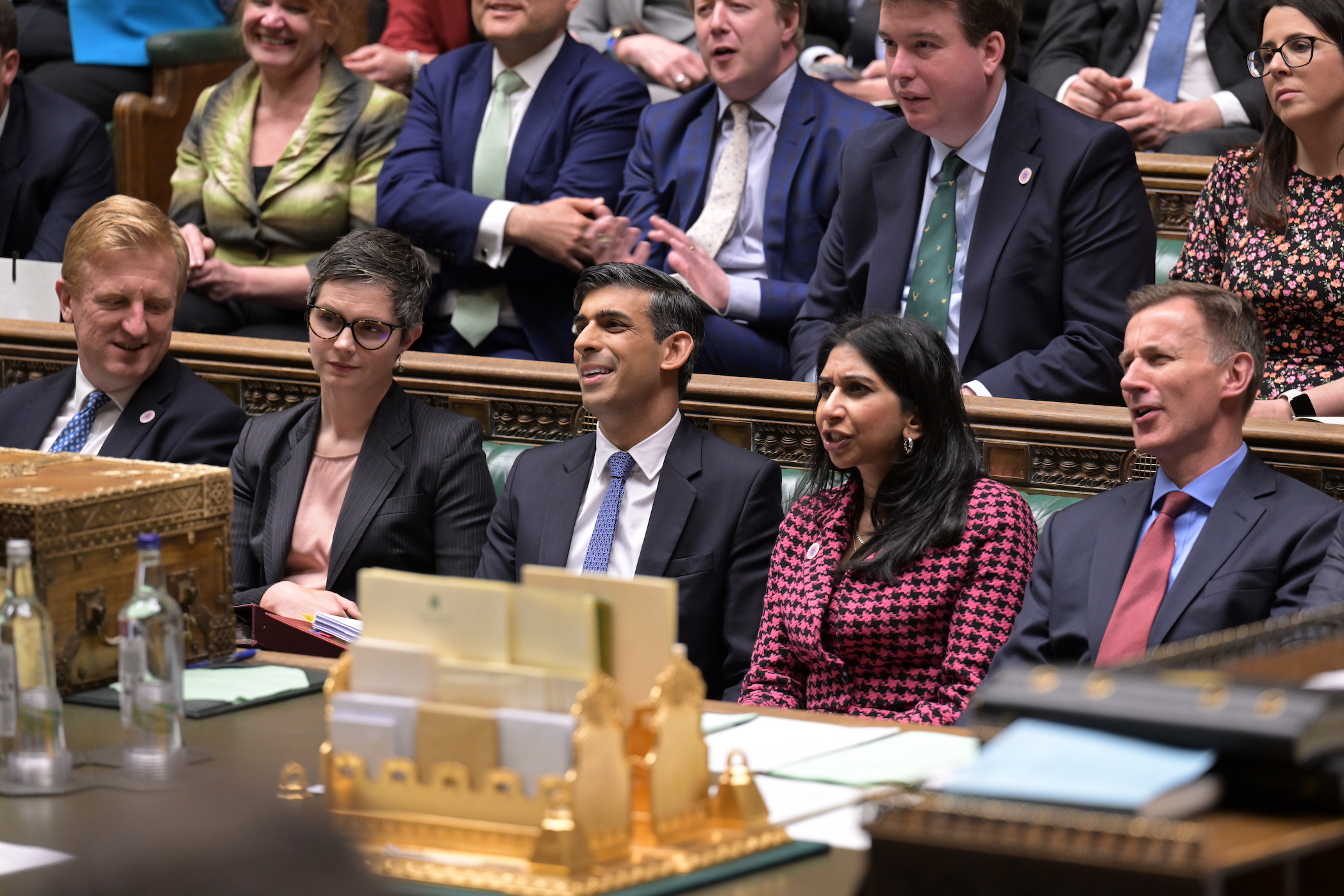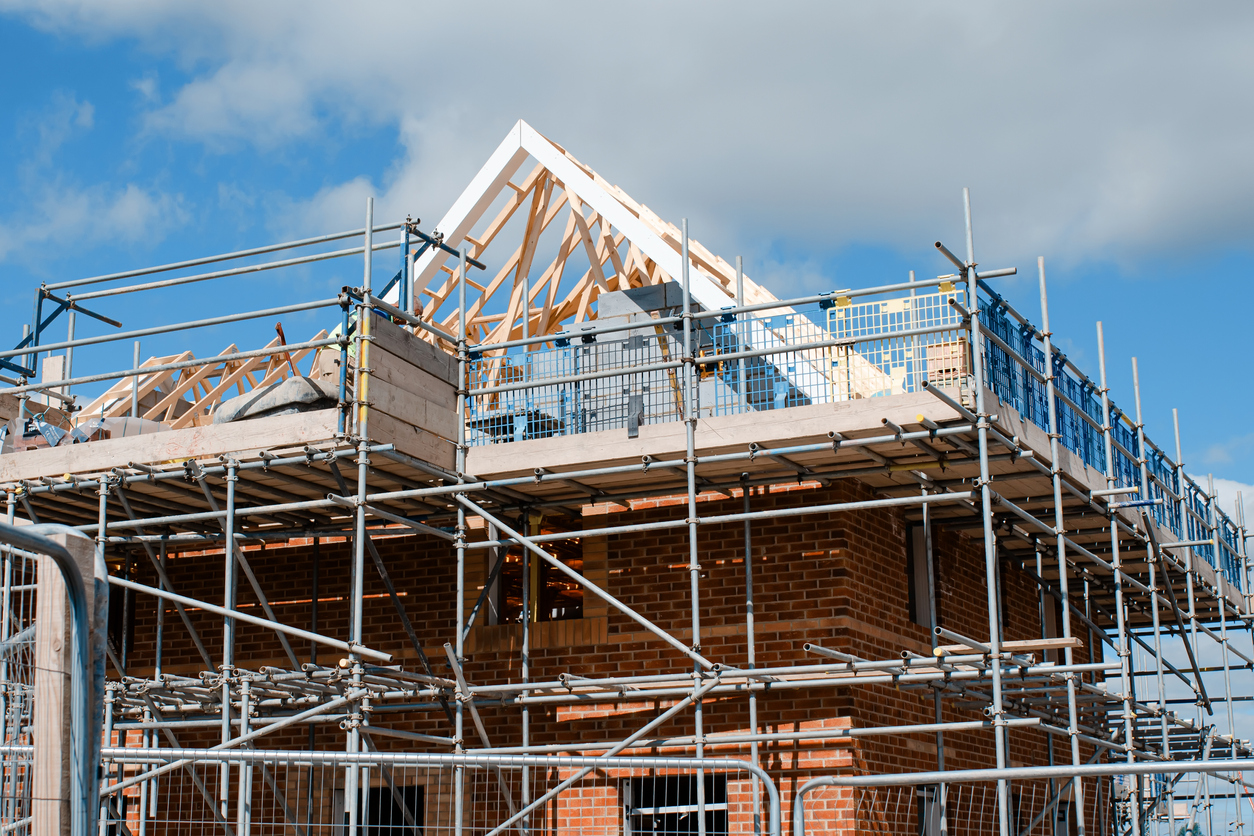What is the Green Belt?
The Green Belt is an area of land protected from development.
According to the 2019 National Planning Policy Framework, the Green Belt serves five purposes: to inhibit ‘urban sprawl’, to prevent neighbouring towns merging into one another, to preserve the countryside from encroachment, to preserve the setting and special character of historic towns, and to assist in urban regeneration, by encouraging the recycling of derelict and other urban land.
Green Belt land is protected both by normal planning controls and an additional presumption against ‘inappropriate development’ within its boundaries. Green Belt land is intended to be kept permanently open.
Local Planning Authorities are responsible for defining and maintaining Green Belt land in their local areas. Those Local Planning Authorities with Green Belts are expected to establish a Green Belt boundary in their local plan .



The Green Belt around London accounts for around a third of the total Green Belt land in England.
Where is the Green Belt?
The Green Belt in England was estimated to account for some 16,158 km2 at the end of March 2020. This total area of green belt land remains largely unchanged from the equivalent figure in 2005.
The Green Belt in England is currently concentrated around 15 separate urban areas.
The largest Green Belt is around London (5,091 km2,), but similar circles also exist around Merseyside and Greater Manchester (2,493 km2), South and West Yorkshire (2,475 km2), Birmingham (2,271 km2), Tyne and Wear (720 km2), Bath and Bristol (720 km2), Derby and Nottingham (660 km2), Stoke onTrent (445 km2), Bournemouth, Christchurch and Poole (348 km2), Oxford (348 km2), York (280 km2), Cambridge (261 km2), Cheltenham and Gloucester (62 km2), Blackpool (25 km2), Carnforth and Lancaster (17 km2), and Burton upon Trent (7 km2).
According to the Ministry of Housing, Communities and Local Government an estimated 93.2% of the Green Belt was undeveloped land in 2018. By contrast, only 6.7% of Green Belt land was developed, with over half of that development relating to roads and other transport infrastructure. Residential buildings accounted for just 0.3% of Green Belt land.
Of the Green belt land which remained undeveloped, 65.6% of the overall total was classified as agricultural land, with 18.2% classified as being either forest, open countryside, or water.
In an indication of the effectiveness of Green Belt restrictions, figures from the Ministry of Housing, Communities and Local Government revealed that in 2017/18 just 8.9 km2 of previously undeveloped Green Belt land was developed, with just 2.9 km2 being turned into residential use.
The political debate around the green belt
There remains an ongoing debate about the nature and extent of protections afforded by the Green Belt.
Countryside campaigners have long called for an even larger green belt designation and greater protections therein. In 2010, a report from Natural England and CPRE (formerly the Campaign to Protect Rural England), entitled ‘Green Belts: A greener future’, concluded that Green Belt policy was “highly effective” in its principal purpose, but called for “more ambition” to further enhance the Green Belt protection for future generations.
Tying the Green Belt into the intensifying debate around climate change, in a 2020 Policy paper, the CPRE argued that the Green Belt played an important role in addressing climate and ecological emergencies, preventing urban sprawl and encouraging healthy lifestyles and wellbeing.
In highlighting the effectiveness of the Green Belt in preventing unrestricted sprawl, others have compared the situation in the UK, to that in America with its lack of green belt. Writing in the Times in 2010, the historian and former Labour MP, Tristan Hunt wrote, “In America, they chose a different path – and the relentless anywhere-nowhere sprawl of an Atlanta, Phoenix, or Los Angeles is awful to behold, as “boomburbs”, “techno-burbs” and retail parks eat ever deeper into the rural hinterland. On the east Coast a vast megalopolis lurches along the seaboard from New York to Washington, taking in New Jersey and Baltimore with it”.
Others however take a different approach, arguing that the protections afforded by the Green belt are too strong, and that they both get in the way of building sufficient housing and limit economic growth.
In 2019, a report for the think tank, Centre for Centres, suggested that in response to the shortage of housing, that any land which was within 800 metres of a railway station which offered a service of 45 minutes or less to a major city should be released for development.
Paul Cheshire, Professor Emeritus of Economic Geography at the London School of Economics has also argued that building on the least attractive and lowest amenity parts of Green Belt land would help tackle the issues of housing supply and affordable housing.
History of the Green Belt
The concept of the Green Belt was first mooted in 1935 by the Greater London Regional Planning Committee, which proposed providing “a reserve supply of public open spaces and of recreational areas and to establish a green belt or girdle of open space”.
This was taken up by the Government in 1955 in Circular 42/55, which codified Green Belt provisions and extended the principle beyond London.
In 1988, Planning Policy Guidance 2 was issued, which reaffirmed the Government’s commitment to the principle of the Green Belt, and added a requirement to take account of sustainable development.
This was replaced by PPG2 published in 1995 and subsequently amended in March 2001.
In December 2006, a government-commissioned Barker report suggested that local authorities should consider allowing construction on green belt land. The report, written by economist Kate Barker, said low-value agricultural land adjacent to towns and cities should not necessarily be classed as green belt. Building new houses in these areas would cut commuting time and be beneficial to the environment, the report said. However, the Barker recommendations were subsequently rejected in the Planning White Paper of May 2007.
Upon coming to office in May 2010, the Coalition government made clear its commitment to “maintain the Green Belt” and to “create a new designation to protect green areas of particular importance to local communities”. In 2012, the government introduced the National Planning Policy Framework which consolidated all policy statements, guidance notes and circulars into a single, concise framework.
The government’s policy on protecting the Green Belt is set out in chapter 13 of the National Planning Policy Framework (NPPF). It opens by stating that the Government attaches great importance to Green Belts.
The Framework urges Local Planning Authorities to maximise the use of suitable brownfield sites before considering changes to Green Belt boundaries. It requires there to be “exceptional circumstances” before Green Belt boundaries can be changed , and that development within the Green Belt should only be approved in “very special circumstances”.
In August 2020, the Conservative government published a White Paper entitled ‘Planning for the Future’. Although the government was pursuing a house building programme of 300,000 new homes per year, with a target of one million new homes constructed by the end of the Parliament, the White Paper made it clear that the Green Built will remain a constraint on development and that its protections will remain.
Quotes
“The green belt is a Labour achievement, and we mean to build on it”. – John Prescott, Deputy Prime Minister, 1998.










